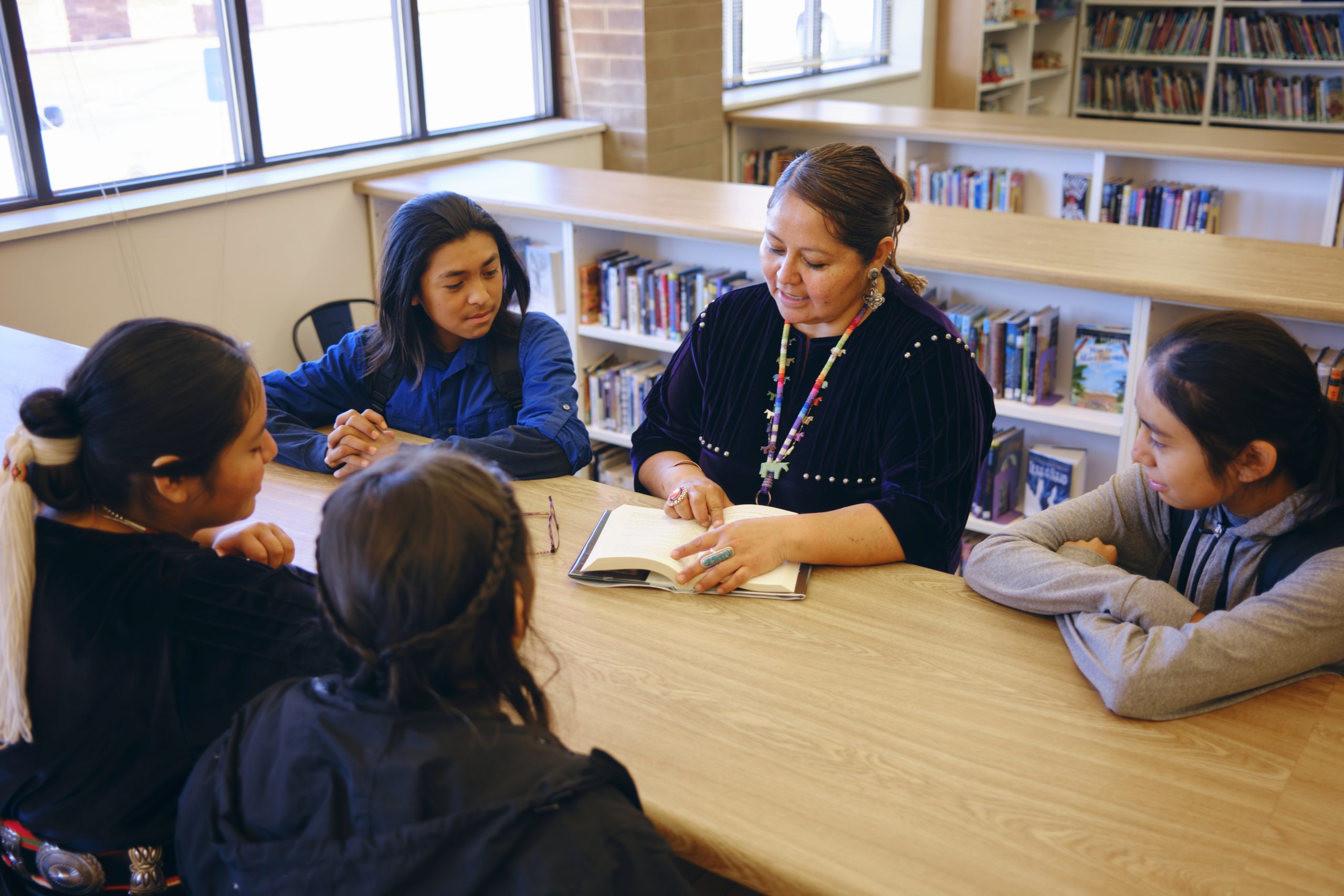At a glance
- Radon is a naturally occurring radioactive gas that comes from the decay of uranium and radium found in rocks and soil.
- Health conditions associated with indoor air quality disproportionately affect tribal communities.
- Raising awareness about the risks of radon can help reduce health impacts in tribal communities.

Understanding Radon’s Impact on Tribes
Radon exposure poses a significant health risk to many communities across the United States, and tribal communities are no exception. Radon is a naturally occurring radioactive gas found in groundwater, bedrock, and soil that can accumulate in homes and buildings over time. Radon is often linked to elevated rates of lung cancer and other respiratory issues. Radon exposure is the second-leading cause of lung cancer in the United States and may disproportionately affect people living on tribal lands in the Southwestern United States.
Many tribal lands in the Southwestern United States have high radon levels due to abandoned uranium mines and widespread naturally occurring uranium. The overall impact of uranium and radon exposures on the health and well-being of tribal communities has been an ongoing issue for years that requires increased recognition and action.
Raising Awareness
The Institute for Tribal Environmental Professionals (ITEP) was established in 1992 at Northern Arizona University. ITEP's mission is to strengthen tribal capacity and sovereignty in environmental management through culturally relevant education and partnerships. The institute provides policy-based services nationwide to 574 federally recognized tribes.
ITEP works closely with tribal nations to understand how environmental issues, such as radon exposure, impact their communities. ITEP also provides the necessary tools and resources to combat these issues. For example, ITEP organizes radon training during the National Tribal Forum on Air Quality, offers an online Radon Fundamental course, supports the distribution of free test kits, and provides radon quality assurance project plan development support.
Mansel Nelson has been a fundamental part of ITEP since joining in 1998 as a senior program coordinator and now serves as a program manager. He used his love for chemistry to teach students in the Navajo Nation about environmental issues that affect their communities, including the risks of radon exposure. Mansel says, "I go out into the communities and invite parents to come with their kids to learn about environmental issues faced predominantly in the tribal communities."
Mansel also shared how many Navajo students were strongly interested in learning about radon exposure and other environmental issues that impacted their communities and families. "Navajo Nation has over 500 abandoned uranium mines, and it quickly became obvious to me that a major hazard came from breathing in radon, which sparked my interest in teaching science to my students who were interested in protecting the health of their families," stated Mansel. He also recommended incorporating environmental health into K–12 school curriculum. While students learn a wide range of subjects in school, environmental health is particularly relevant as it affects everyone daily.
Addressing Challenges
Many tribal communities in the southwest are in rural or remote areas. They may face various pressing health challenges, such as limited access to healthcare, food and water insecurity, and higher rates of chronic illnesses. As a result, issues like radon exposure may be overlooked or not seen as a priority compared to other concerns. Since radon is an odorless, tasteless, and invisible gas, people can be exposed unknowingly to radon in their homes for years.
According to the Environmental Protection Agency (EPA), radon exposure causes about 21,000 lung cancer deaths each year in the United States. Testing homes and other buildings for radon is the only way to know if people are exposed to high levels. To address this health issue, CDC, EPA, and other organizations design resources to help tribal nations learn about the risk of radon exposure in their communities and obtain access to affordable radon testing.
Engaging Tribes
The State and Tribal Indoor Radon Grants (SIRG) Program, offered through the EPA, provides funds to tribes to help finance radon risk reduction. In 2023, 19 tribes requested and received SIRG funding to support their radon programs.
Since 2020, the Nez Perce Tribe in Idaho has received SIRG funding. Johna Boulafentis, environmental outreach specialist for the Nez Perce Tribe, stated, "With the SIRG funding, we've really been able to move forward with not only testing but outreach." Johna has been working on air quality for years and has a passion for tribal outreach. She collaborates with other tribes and states to share resources that help spread important environmental health information in their communities.
Taking Action
Tribal leaders and tribal public health staff can organize educational workshops and distribute materials to help community members learn about radon. They can also educate about the steps to take for testing radon in homes on tribal lands and communities.
Partnering with local health organizations or government programs can help tribal members obtain additional resources like radon test kits. Training local members can empower the community to raise awareness, conduct testing, and help mitigate radon. Together, let's help reduce the risks of radon exposure and protect the health and well-being of tribal community members.
